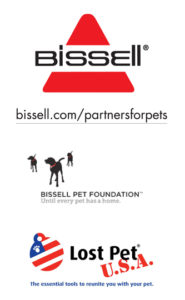What is a no-kill community?
The no-kill movement started as a radical notion, but today it is becoming mainstream. The goal is to correct our collective failure to value and protect the lives of homeless pets — lives that matter.
Achieving no-kill is not only possible, it has already happened in communities both large and small, urban and rural, across the nation.
As a Network Partner of Best Friends Animal Society, we believe the no-kill philosophy is underpinned by one simple fact: Every healthy or treatable animal should be saved. That belief is also the main driver for our their to action, Save Them All®. For a community to be considered truly no-kill, it means that no healthy or treatable animal is killed. The community’s focus should be on saving as many lives as possible through positive outcomes (adoption, transfer to rescue groups, etc.), not solely on reducing the killing to achieve a numerical goal.
However, we also understand the importance of having a quantitative benchmark, as it gives communities a goal to aim for and generates accountability for no-kill program efforts. Generally, the no-kill threshold for a community is considered to be 90 percent. That means the shelter (or shelters), private organizations, SPCAs and/or humane societies handling the animal control intake and surrenders must be collectively saving 90 percent or more of the animals who come through the system.
It is important to note that a 90 percent save rate is not necessarily defined as no-kill. This is because a community with a 90 percent save rate could still be killing animals who are not cases of true euthanasia. It is also possible that the opposite could be true — that a given community may achieve no-kill even if the save rate isn’t 90 percent. Each community is different, and data must be tracked efficiently, comprehensively and accurately in order for the outcomes of animals to be understood.
Definitions
Healthy or treatable animals: This segment of the population includes animals who are fully healthy, and friendly to both humans and other animals. It also includes animals with behavioral and medical issues that are correctable or manageable.
Unhealthy/untreatable animals: This category includes animals with severe behavioral and medical issues who are irremediably suffering with no possibility of a positive outcome.
Euthanasia: Defined purely as an act of mercy, euthanasia should be reserved for animals who are in irredeemable medical situations, or whose behavior obstacles make them unsuitable for rehabilitation. Euthanasia should be reserved solely for ending the suffering of an animal who has experienced serious and irreversible reduction in his/her quality of life.
Killing: The definition of killing is ending the life of an animal who is healthy or treatable (either medically or behaviorally) as a means of creating space for incoming animals in a shelter or for other considerations.
An estimated two million homeless dogs and cats are killed each year in America’s shelters. That means that more than 5,500 animals are killed every day. These animals are being killed (not euthanized) simply because they have no place to call home.
How We Plan to Use Parts of the No-Kill Equation to Save Lives
Lo-Cost Spay/Neuter Programs
Spay/neuter programs are among the most important techniques in achieving no-kill goals.
Comprehensive Adoption Programs
While spay/neuter programs reduce the overall supply of pets, adoption programs allow pets to go to permanent homes and make space for other incoming animals.
Pet Retention Programs
Offering information on behavioral advice, food, low-cost veterinary care, behavior classes and dog training can reduce the number of animals surrendered due to avoidable issues.
Education
Educating pet owners and potential pet owners is key. The community needs to understand the role of puppy mills and breeders in the community versus the adoption process from reputable shelters and rescues.



